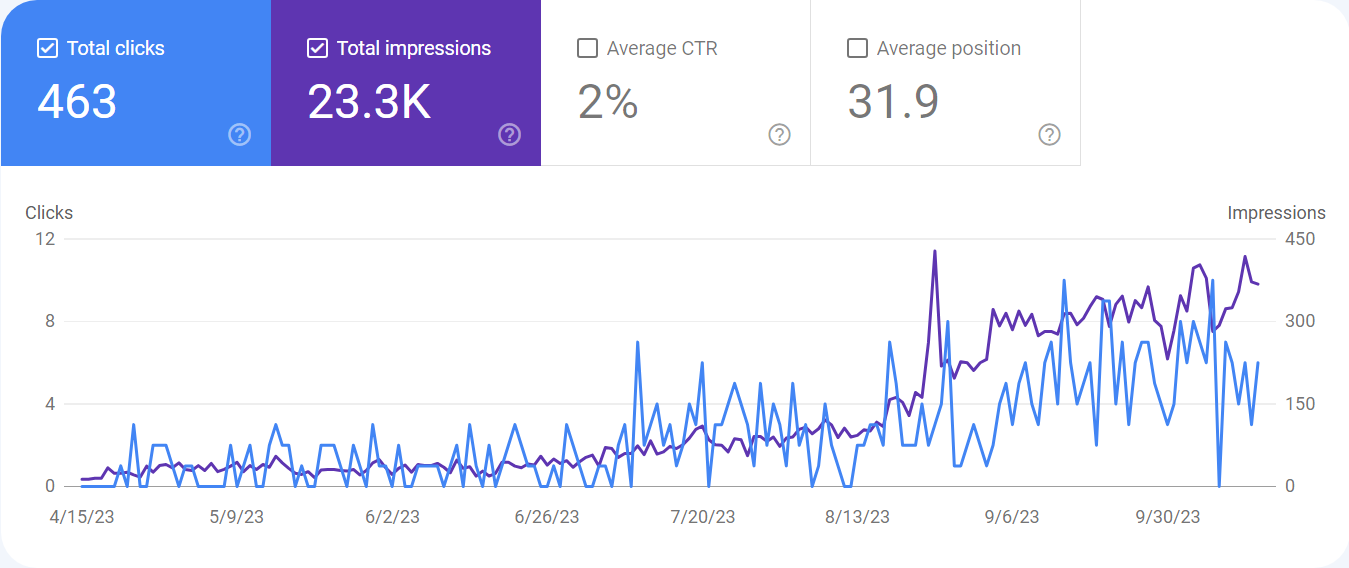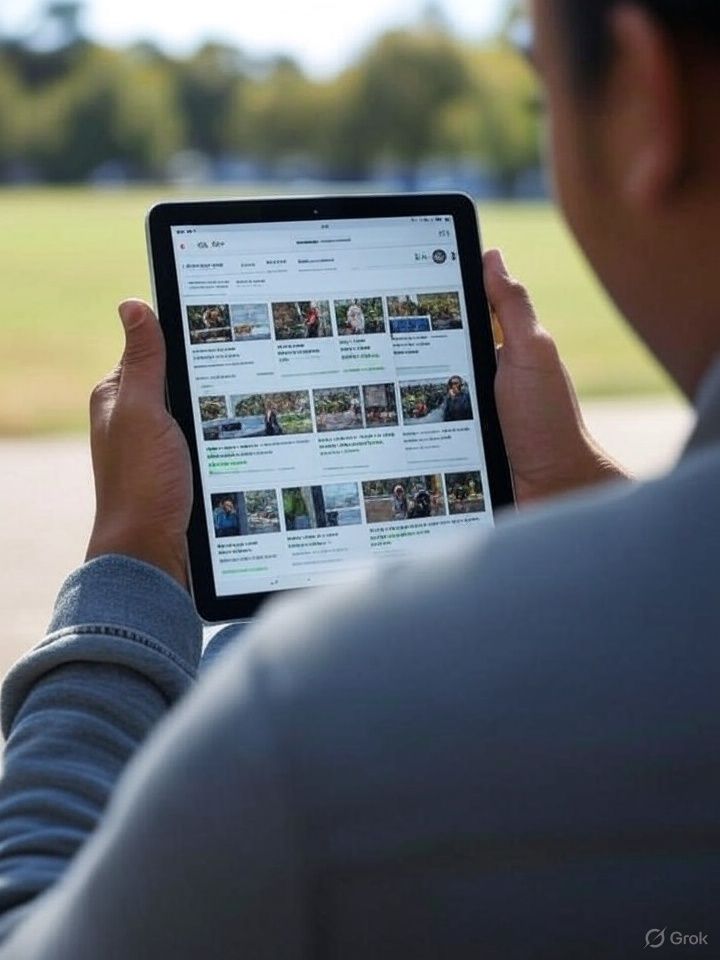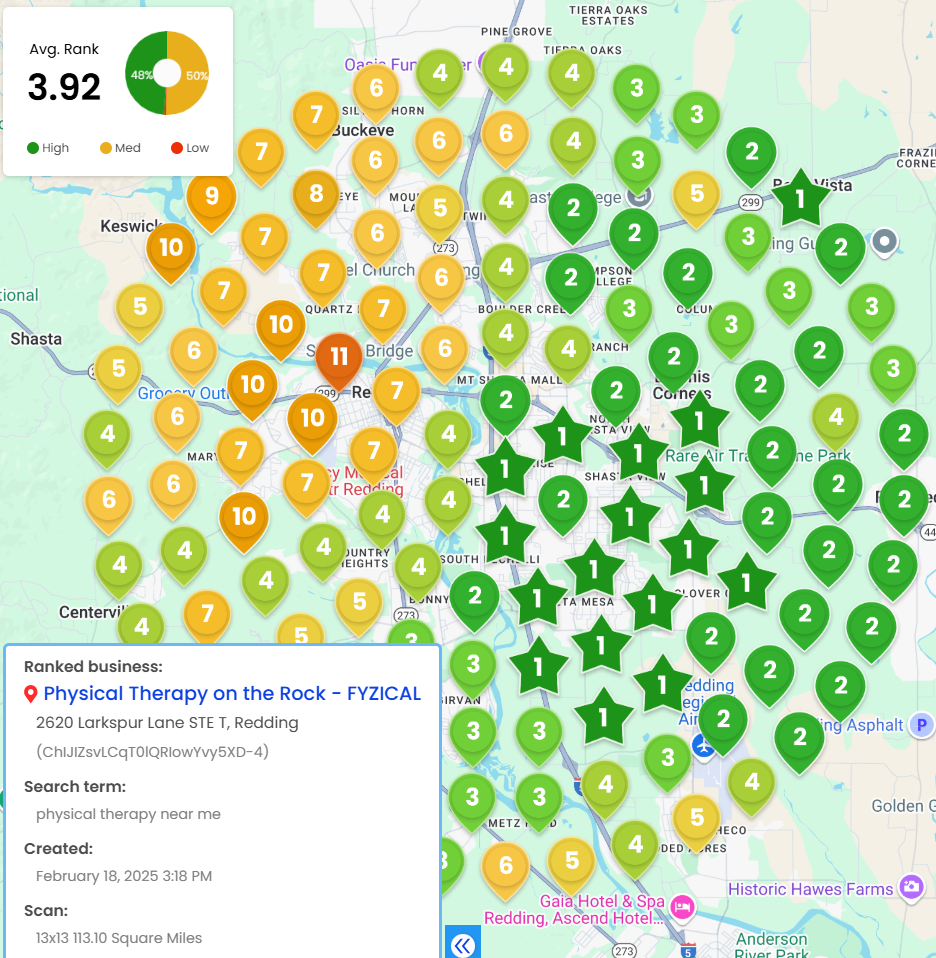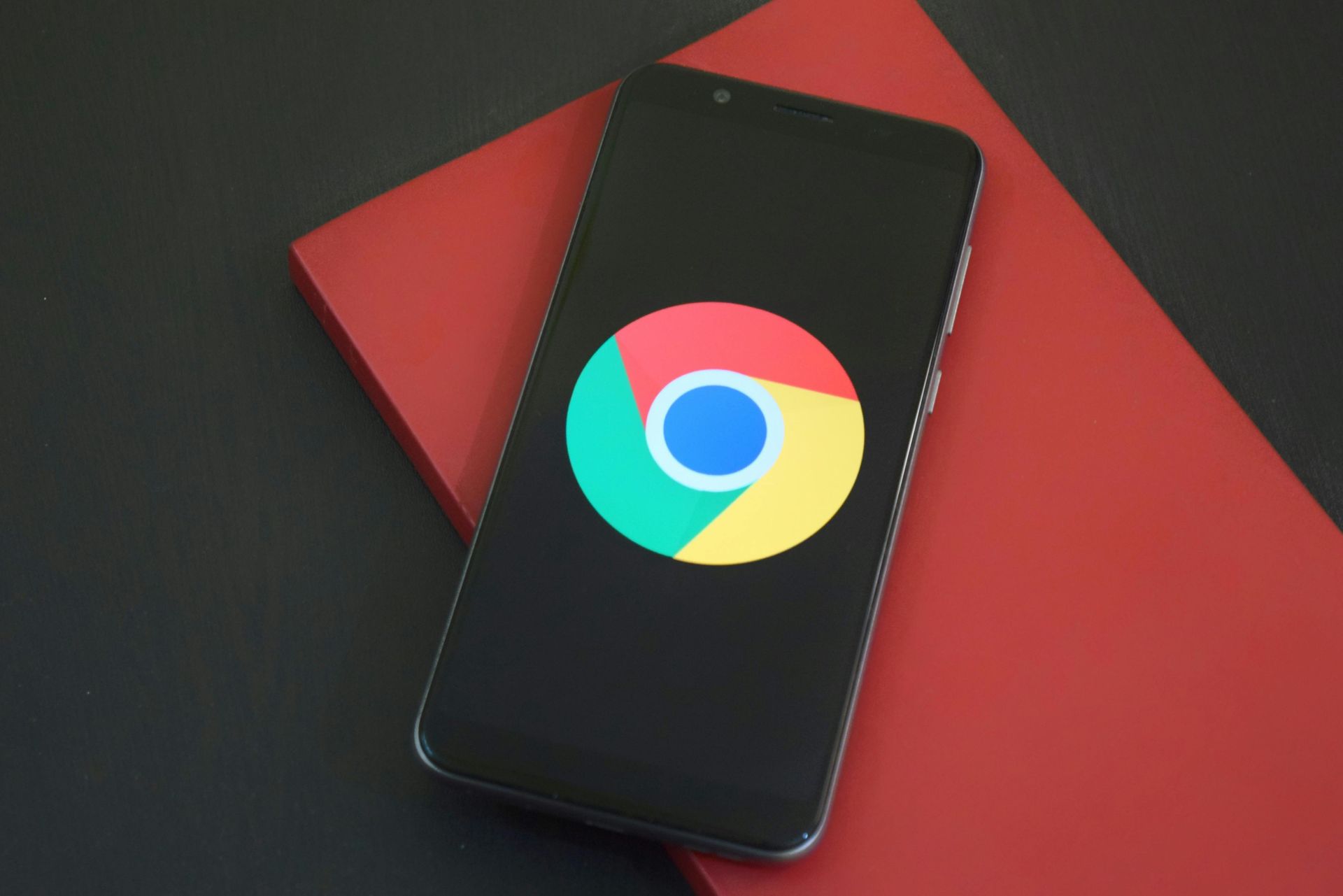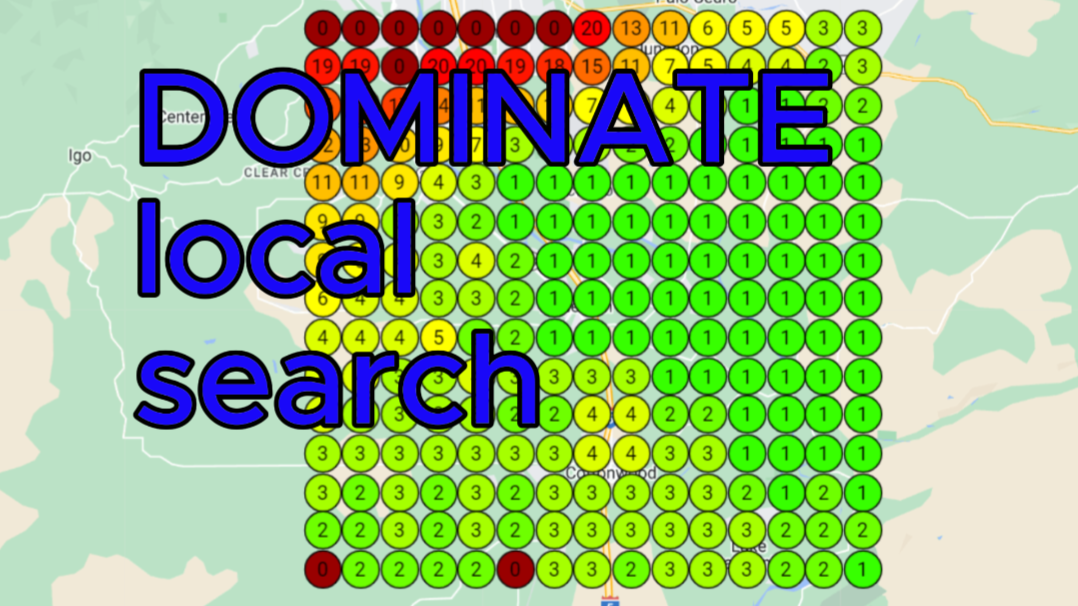How to Use Email Marketing to Drive Social Engagement

How to Use Email Marketing to Drive Social Engagement
Despite occasionally being looked down upon as a relatively old-timey marketing method, email marketing remains a fantastic tool for almost any business. Because it doesn’t require any monetary investment (beyond a management platform, which tends to be an inexpensive item), and because it tends to grow in effectiveness over time as you attract more subscribers, it has enormous ROI potential all on its own.
However, the real power of email marketing is its ability to integrate with other marketing strategies. It can be used as a funnel for leads generated by other means, a showcase for your most popular content, and perhaps most importantly, a facilitator of greater social media engagement. How can email marketing best brandish this power?
Table of Contents
- Social Media Email Marketing Engagement Tips
- Basic Prerequisites
- Include Shareable Content
- Make Exclusive Offers (That Users Can Share Anyway)
- Announce Contests (and Winners)
- Feedback Loops
- Leveraging User-Generated Content
- Conclusion
Social Media Email Marketing Engagement Tips
Basic Prerequisites
First, let’s take a look at some of the prerequisites for this approach. These are a handful of features and tactics that your email strategy needs to have in place before you can even start attracting more social engagement:
- Include social share icons. This is a basic necessity. The body of your email template needs to include links to your social media profiles in the header or the footer, at a minimum. You should also have “share” icons throughout your work that enable your users to share snippets of content they find interesting with one click. The easier you make it for your users to share, the more they’re going to share.
- Embed featured posts. Interesting content is highly shareable, so no matter what the core purpose of your email blast is, you should include at least one piece of top-performing content from your content strategy (such as a particularly popular blog post). Embed this into your email, and of course, include share icons.
- Call users to action. Sometimes your readers will need a helpful nudge in the right direction before they take an action. Don’t be afraid to ask your users to get involved in a social context directly. For example, you can ask users to share your latest post, or include some incentive for sharing something, such as an entry in a giveaway.
Include Shareable Content
In addition to embedding posts from your blog, you may want to offer exclusive forms of content to your email subscribers. If earning more social shares and social visibility is one of your primary goals, you should make that content as shareable as possible. Make it fast, concise, easy-to-read, and make sure you choose a topic that’s valuable for your audience. Even better, establish some kind of emotional connection by evoking humor, sympathy, or surprise. The basic tenets of viral content can help you here, but remember your limitations with email engagement — keep this content above the fold, and make it easy for your viewers to skim and share this content.
Make Exclusive Offers (That Users Can Share Anyway)
Exclusive offers reward your email subscribers, but if you want to make the most of these offers, you should allow your email recipients to share them with their social followings anyway. The degree of exclusivity will still be present enough for your subscribers to appreciate the gesture, but you’ll gain visibility across multiple new audiences. Your readers will be incentivized to share these offers because they’ll feel a sense of pride in doing so — not only are they doing a favor to all their followers, they’re showing off their own status, to a certain degree. The exact nature and significance of the offer is up to you — discounts, giveaways, and specialty items work well here, and consider escalating the objective value of your offer based on how desperate you are for more shares.
Announce Contests (and Winners)
Contests are a powerful form of social media engagement, and email blasts are a great way to increase awareness of them. A good contest, announced over email, could encourage a subscriber who isn’t currently following you to finally make the jump. And if a subscriber is already following you, they’ll be likely to share the contest opportunity with their own friends and followers. Once the contest is over, you can also announce your contest winners via email to further showcase the benefits of being an active member of your brand community.
Feedback Loops
Finally, remember that email marketing and social media marketing are mutually beneficial strategies. Throughout this article, I’ve mostly discussed ways that email marketing can bring you more social media followers, but don’t forget that social media marketing can bring you more email subscribers as well. Show off the benefits of being an email subscriber in your social media news feeds, such as by announcing exclusive content or exclusive discounts, and provide regular calls to action for users to sign up for your lists. Keep these strategies tightly interlinked, and you’ll greatly enhance your performance in both areas.
Include social share icons
Add links to your social media profiles in the email header or footer. Include “share” icons for easy content sharing.
Embed featured posts
Include top-performing content from your blog or other sources in the email. Add share icons for these posts.
Call users to action
Encourage readers to get involved in a social context, e.g., ask them to share your latest post or offer incentives for sharing.
Include Shareable Content
Create shareable content for email subscribers that is concise, easy-to-read, and emotionally engaging. Keep it above the fold.
Make Exclusive Offers
Reward email subscribers with exclusive offers that they can also share with their social followers.
Announce Contests (and Winners)
Promote contests through email to increase awareness and encourage subscribers to participate and share.
Feedback Loops
Integrate email and social media marketing by promoting email subscriptions on social media and vice versa.
Leveraging User-Generated Content
User-generated content (UGC) can significantly amplify your email marketing’s impact on social media engagement. Encourage your email subscribers to share their experiences with your products or services on social platforms. You can:
- Run UGC contests: Organize contests where subscribers can submit content, such as photos or reviews, featuring your products. Share the entries on your social media and email them to all participants, driving both email and social engagement.
- Highlight customer testimonials: Showcase customer reviews and testimonials in your emails, especially those that mention your brand on social media. This demonstrates real user satisfaction and encourages others to join the conversation.
- Share user-generated posts: Repost content shared by your customers on social media within your emails. Acknowledge their loyalty and create a sense of community around your brand.
Timing Is Key:
The timing of your email campaigns can significantly impact their effectiveness in driving social media engagement:
- Schedule strategically: Analyze your audience’s peak engagement times on social media and align your email sending schedule accordingly. This increases the likelihood that your subscribers will be online when you share content.
- Coordinate with social events: Plan email campaigns to coincide with significant social events, holidays, or trending topics. This synchronicity can boost the relevance and shareability of your content.
- Leverage real-time content: Share time-sensitive social media content, such as trending hashtags or viral challenges, within your emails. Encourage subscribers to participate and share their contributions on social platforms.
Social Proof and FOMO Tactics:
Harness social proof and the fear of missing out (FOMO) to boost email engagement and drive social media activity:
- Display social share counters: In your emails, highlight the number of social shares and interactions your content has received. This builds social credibility and encourages recipients to join the conversation.
- Limited-time offers: Create exclusive, time-sensitive offers within your emails and promote them on social media. Emphasize that these offers are only available to your email subscribers and social followers, fostering FOMO.
- User-generated social feeds: Incorporate a section in your emails that showcases a live feed of your social media activity. Include posts with high engagement, encouraging subscribers to follow your accounts and join the conversation.
Harness the Power of Email Segmentation:
Segmentation is a potent tool to enhance both email and social media engagement:
- Segment by social platform: Divide your email list based on subscribers’ preferred social media platforms. Tailor your email content to highlight relevant social channels and encourage cross-platform engagement.
- Engagement-based segmentation: Identify your most active email subscribers and social media followers. Send them exclusive content and offers as a token of appreciation, encouraging continued interaction.
- Geographical targeting: Segment your email list by location to promote local events or initiatives on social media. Encourage subscribers to connect with your brand in their region.
Social Media Takeovers:
Collaborate with influencers or key figures in your industry for social media takeovers:
- Email promotion: Announce social media takeovers through email campaigns. Provide insights into what subscribers can expect during the takeover and encourage them to follow the influencer.
- Live interaction: During the takeover, encourage subscribers to participate by submitting questions or engaging with the influencer’s content. Share these interactions in subsequent emails to maintain engagement momentum.
- Post-takeover follow-up: Send a follow-up email summarizing the takeover’s highlights, including links to social media posts and a call to action to continue engaging with your brand.
Interactive Email Elements:
Incorporate interactive elements into your emails to drive social media engagement:
- Polls and surveys: Include interactive polls or surveys in your emails and promote the results on social media. Encourage subscribers to share their opinions and see how they compare with others.
- Social media buttons: Add interactive social media buttons that enable subscribers to follow, like, share, or comment on your social content directly from the email.
- User-generated challenges: Create interactive challenges within your emails, encouraging subscribers to participate on social media and share their challenge experiences.
Strategies and Tips
Run UGC contests. Organize contests where subscribers submit content featuring your products. Share entries on social media and email them to participants. Highlight customer testimonials. Showcase customer reviews and testimonials in emails, especially those mentioning your brand on social media. Share user-generated posts. Repost content shared by customers on social media within emails to acknowledge loyalty and build community.
Schedule strategically
Align email sending schedule with audience’s peak engagement times on social media to increase online presence. Coordinate with social events. Plan email campaigns to coincide with social events, holidays, or trending topics for relevancy and shareability.
Leverage real-time content
Share time-sensitive social media content (e.g., hashtags, challenges) in emails to encourage participation.
Display social share counters
Highlight social shares and interactions in emails to build social credibility and encourage engagement.
Limited-time offers
Create exclusive, time-sensitive offers in emails and promote them on social media to foster FOMO.
User-generated social feeds
Showcase a live feed of social media activity in emails, featuring posts with high engagement.
Segment by social platform
Divide email list by subscribers’ preferred social media platforms and tailor content accordingly.
Engagement-based segmentation
Identify active subscribers and followers, sending them exclusive content and offers as appreciation.
Geographical targeting
Segment email list by location to promote local events or initiatives on social media.
Collaborate for social media takeovers
Announce takeovers through email campaigns, encourage participation, and send follow-up emails with highlights.
Incorporate interactive email elements
Add interactive elements like polls, surveys, social media buttons, and user-generated challenges to emails.
Conclusion
In a digital landscape teeming with marketing strategies, the combination of email marketing and social media engagement stands as a formidable duo, offering businesses unparalleled opportunities to connect with their audience, build brand loyalty, and boost conversion rates. In this comprehensive guide, we’ve explored the symbiotic relationship between email marketing and social engagement, shedding light on the strategies and tactics that can help you harness their collective potential.
Email marketing, often underestimated in the age of social media, retains its crown as a reliable and cost-effective means of reaching your audience directly. Its versatility shines as it can serve as a conduit for delivering exclusive content, personalized recommendations, and compelling calls to action. But the true magic happens when email marketing and social media engagement intersect.
To fully capitalize on this synergy, we’ve covered a myriad of techniques, including embedding social share icons, showcasing user-generated content, and offering exclusive, shareable content. These approaches foster cross-channel promotion, boosting both your email subscribers and your social media following.
Timing plays a crucial role in this amalgamation, where synchronization with social events and real-time content trends can magnify your campaign’s impact. Social proof and the allure of scarcity also take center stage, enticing subscribers to engage with your brand, both via email and on social platforms.
Segmentation emerges as a precision tool, enabling you to tailor content to distinct audience segments and nurture deeper connections. Moreover, social media takeovers, interactive email elements, and contests serve as engaging mechanisms that bridge the gap between email campaigns and social media conversations.
Lastly, we’ve emphasized the importance of feedback loops, where email marketing and social media strategies intertwine, driving mutual growth. Encouraging email subscribers to become social media followers and vice versa fosters a thriving ecosystem around your brand.
In the dynamic realm of digital marketing, the integration of email marketing and social engagement empowers you to forge deeper connections, inspire action, and measure success with precision. As you embark on your journey to unlock the full potential of this synergy, remember that the key lies in experimentation, adaptability, and the unwavering commitment to delivering value to your audience.
So, embrace this fusion of email marketing and social engagement, for it’s a journey marked by limitless possibilities, boundless creativity, and the potential to elevate your brand to unprecedented heights in the digital age.
